Home>Garden Essentials>How Much Do GMO Seeds Cost
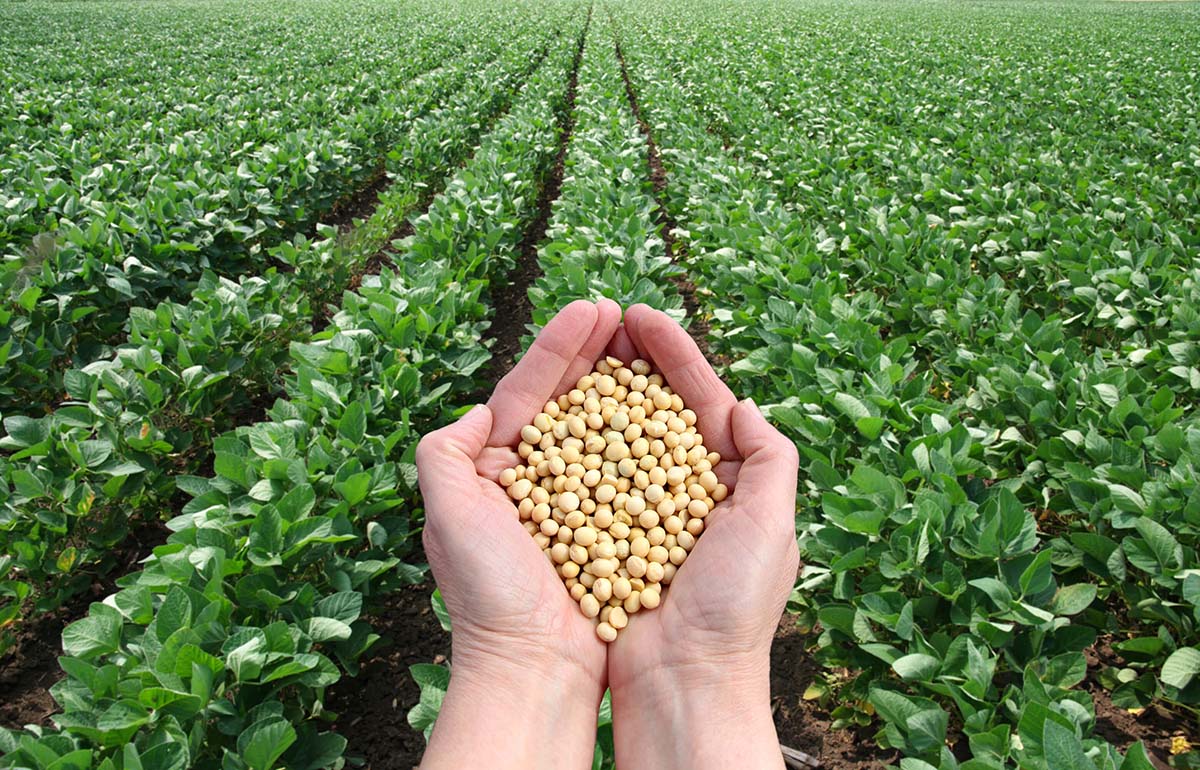

Garden Essentials
How Much Do GMO Seeds Cost
Modified: March 16, 2024
Discover the cost of GMO seeds for your garden. Find out how much you'll need to invest in genetically modified seeds to grow your own produce.
(Many of the links in this article redirect to a specific reviewed product. Your purchase of these products through affiliate links helps to generate commission for Storables.com, at no extra cost. Learn more)
Introduction
Welcome to the world of genetically modified organisms (GMO) seeds! In a world where agricultural practices are constantly evolving, GMOs have emerged as a revolutionary solution to enhance crop productivity and resistance to pests and diseases. However, one key aspect that concerns farmers and gardeners alike is the cost of GMO seeds.
GMO seeds are bioengineered to possess specific traits that improve crop performance, such as tolerance to herbicides, resistance to insects, and increased yield potential. These seeds are created by manipulating the genetic material of plants to introduce desired characteristics. While GMO seeds have been widely adopted around the world, the cost of purchasing these seeds can vary significantly.
Throughout this article, we will explore the factors that can influence the price of GMO seeds, as well as the controversies and future trends surrounding GMO seed pricing.
Key Takeaways:
- GMO seeds are bioengineered to improve crop traits, but their prices vary based on factors like research costs, technological advancements, and market demand. Farmers need to consider these factors when purchasing seeds.
- The pricing of GMO seeds has sparked debates due to concerns about profitability, intellectual property rights, and access for developing countries. Future trends may bring more competition and advancements in technology, impacting seed prices.
Read more: How Much Do Seeds Cost
Definition of GMO Seeds
GMO seeds, also known as genetically modified seeds, are created through the process of genetic engineering. Genetic engineering involves the manipulation and modification of an organism’s genetic material to introduce or enhance specific traits. In the context of agriculture, GMO seeds are developed to improve various aspects of crop production.
The genetic modification of seeds involves the insertion or deletion of specific genes to achieve desired characteristics. This can include traits such as resistance to pests, diseases, or herbicides, tolerance to adverse environmental conditions, improved nutritional content, or increased yield potential. These genetic modifications enable crops to possess traits that may not have naturally occurred or may have taken longer to develop through traditional breeding methods.
It’s important to note that GMO seeds are distinct from conventional or heirloom seeds. Conventional seeds are cultivated through traditional breeding methods, without any genetic manipulation, whereas GMO seeds are intentionally modified through genetic engineering techniques.
The process of creating GMO seeds begins with identifying the desired traits and genes responsible for those traits. Scientists then use various techniques, such as gene splicing or gene editing, to introduce these genes into the target plant’s DNA. The modified plant is then grown, and its seeds are harvested for commercial use.
It’s worth mentioning that GMO seeds have been developed for a wide range of crops, including corn, soybeans, cotton, canola, and papaya, among others. These genetically modified crops have been widely adopted in many countries around the world, offering various benefits to farmers in terms of productivity, pest resistance, and profitability.
Despite the potential advantages of GMO seeds, they have also sparked debates regarding their safety, environmental impact, and ownership rights. These concerns have led to discussions surrounding GMO seed pricing and the accessibility of these seeds to farmers of all scales.
Factors Affecting GMO Seed Prices
There are several factors that contribute to the pricing of GMO seeds. Understanding these factors is crucial for farmers and gardeners to make informed decisions regarding their seed purchases. Here are some key factors that influence GMO seed prices:
- Research and Development Costs: Developing genetically modified seeds involves extensive research and development efforts. Scientists invest significant time and resources into identifying and modifying the desired genes, conducting field trials, and ensuring regulatory compliance. These R&D costs play a significant role in determining the price of GMO seeds.
- Technological Advancements: Advances in technology can impact GMO seed prices. The use of newer genetic engineering techniques, such as gene editing or CRISPR-Cas9, can streamline the modification process and potentially reduce costs. However, these newer technologies may also be subject to patent restrictions or licensing fees, which can affect seed prices.
- Seed Production and Distribution: The production and distribution process of GMO seeds can impact their prices. High-quality seed production requires specific infrastructure, such as seed processing facilities, storage warehouses, and transportation networks. Seed companies may also need to invest in certifications, quality control measures, and seed testing to ensure seed purity and viability. These factors contribute to the overall cost of producing and distributing GMO seeds.
- Seed Trait Value: The value offered by the genetically modified traits also influences seed prices. Seeds with multiple desirable traits, such as high yield potential, pest resistance, and herbicide tolerance, are likely to be priced higher compared to seeds with fewer or less significant traits.
- Market Demand: Market demand plays a role in determining the price of GMO seeds. If there is a high demand for specific genetically modified traits or crops, seed companies may set higher prices to capitalize on the market demand. Conversely, if the demand for certain GMO seeds is low, prices may be adjusted accordingly to encourage sales.
- Intellectual Property Protection: Intellectual property rights also impact GMO seed pricing. Companies that develop and commercialize genetically modified seeds often hold patents or licenses for their products. These proprietary rights allow them to control the seed supply and charge licensing fees, which can contribute to the price of GMO seeds.
By considering these factors, farmers and gardeners can make informed decisions about the purchase of GMO seeds based on their individual needs, budget, and available resources.
Comparing GMO Seed Prices by Crop Type
When assessing the cost of GMO seeds, it is important to consider the variations in prices across different crop types. The pricing of GMO seeds can significantly differ depending on the crop and the specific genetic modifications involved. Here, we will compare GMO seed prices for some commonly grown crops:
- Corn: Corn is one of the most widely grown genetically modified crops. The price of GMO corn seeds can range from $100 to $300 per bag (approximately 80,000 seeds). The cost varies depending on the trait package offered, such as insect resistance, herbicide tolerance, or agronomic enhancements.
- Soybeans: GMO soybeans are also extensively cultivated. The price of GMO soybean seeds typically ranges from $50 to $100 per bag (approximately 140,000 seeds). Like corn, the cost may vary based on the specific genetic traits incorporated into the seeds, such as herbicide tolerance or resistance to pests.
- Cotton: GMO cotton seeds are engineered to possess traits such as insect resistance or herbicide tolerance. Prices for GMO cotton seeds can range from $300 to $700 per bag (approximately 500,000 seeds), depending on the variety and desired traits.
- Canola: Genetically modified canola seeds are designed to be resistant to herbicides or modified for enhanced oil quality. The price of GMO canola seeds typically falls between $200 and $500 per bag (approximately 50,000 seeds), based on the specific traits and performance characteristics.
These price ranges are approximate and can vary based on factors such as quantity, trait packages, seed company, and local market conditions. It is important for farmers to carefully evaluate their seed requirements, including desired traits and budget, to determine the most suitable GMO seed options for their specific crop and business goals.
Farmers should also consider long-term factors such as yield potential and pest resistance when comparing GMO seed prices. While higher-priced seeds may have upfront costs, their potential benefits in terms of increased productivity and reduced pesticide usage can contribute to overall profitability.
Impact of Technology on GMO Seed Prices
Technological advancements have played a significant role in the development and pricing of GMO seeds. The evolution of genetic engineering techniques and tools has both influenced seed prices and opened new avenues for innovation in the agricultural industry. Here are some ways in which technology has impacted GMO seed prices:
- Efficiency in Genetic Modification: Advancements in genetic engineering techniques have made the modification process more efficient. Tools like gene editing and CRISPR-Cas9 have allowed scientists to precisely and swiftly modify plant genomes. This increased efficiency can help reduce the research and development costs associated with creating GMO seeds, potentially leading to lower seed prices.
- Stacked Trait Technology: Stacked trait technology involves incorporating multiple desirable traits into a single GMO seed. This allows farmers to benefit from various advantages, such as insect resistance, herbicide tolerance, and improved yield potential, in a single planting. The development of this technology has increased the complexity of seed production but also offers significant value to farmers. As a result, the prices of stacked trait GMO seeds are often higher than those with single traits.
- Seed Treatment Innovations: Technology has also contributed to advancements in seed treatments, which can enhance seed quality, protect against pests and diseases, and improve seedling vigor. Seed treatment technologies, such as fungicides, insecticides, and microbial treatments, add value to GMO seeds by reducing the risk of crop loss and enhancing overall performance. However, the inclusion of seed treatments can increase the cost of GMO seeds.
- Data and Precision Agriculture: Technology has enabled the collection and analysis of vast amounts of data in agriculture, leading to the emergence of precision agriculture practices. This allows farmers to make more informed decisions about seed selection, planting strategies, and crop management. By leveraging precision agriculture techniques, farmers can optimize the use of GMO seeds and improve overall farm efficiency, potentially offsetting the cost of these seeds.
While technology has the potential to drive down the costs of GMO seeds through increased efficiency, it’s important to note that the initial investment in research and development, as well as the protection of intellectual property rights, can still impact prices. Additionally, ongoing advancements and innovation may introduce newer technology-related costs, which could influence seed prices in the future.
Ultimately, the impact of technology on GMO seed prices is a complex interplay between research and development costs, seed production efficiency, trait complexity, and market dynamics. Farmers need to evaluate the value proposition of the technology incorporated into GMO seeds and consider the potential long-term benefits they may offer in terms of improved crop yield, pest resistance, and overall farm productivity.
When researching the cost of GMO seeds, consider factors such as the type of crop, the specific genetic traits, and the supplier. Prices can vary, so it’s important to compare options before making a purchase.
Read more: How Much Do Marijuana Seeds Cost
Regulations and Licensing of GMO Seeds
The development, distribution, and use of GMO seeds are subject to regulations and licensing requirements in many countries around the world. These regulations aim to ensure the safety of genetically modified crops and protect the interests of farmers and consumers. Here are some key aspects of the regulations and licensing of GMO seeds:
- Government Oversight: Governments play a crucial role in regulating GMO seeds. Regulatory bodies assess the safety of genetically modified crops before they can be commercialized. They evaluate potential risks to human health, animal welfare, and the environment. Regulatory frameworks may vary between countries, with some having strict pre-market approval processes and others following post-market surveillance and labeling requirements.
- Environmental Impact Assessment: Before GMO seeds can be approved for commercial use, their environmental impact is thoroughly assessed. This includes evaluating potential risks to biodiversity, non-target organisms, and ecosystems. Environmental impact assessments help ensure that genetically modified crops do not harm the environment or disrupt ecological balances.
- Food Safety Assessments: Genetically modified crops intended for human consumption undergo rigorous safety assessments. These assessments evaluate the potential allergenicity, nutritional composition, and toxicity of the modified crops. Food safety assessments are essential to ensure that GMO seeds and the resulting crops pose no harm to human health.
- Seed Licensing and Intellectual Property: Seed companies that develop and sell GMO seeds often hold licensing agreements or patents for their products. These agreements protect the intellectual property rights of the seed developers and grant them control over the seed supply. Licensing agreements can involve restrictions on seed saving, replanting, or sharing genetically modified seeds, and may require farmers to purchase new seeds each planting season.
- Coexistence and Labeling: Some countries have regulations in place to promote the coexistence of genetically modified and non-genetically modified crops. Measures may include buffer zones, isolation distances, and planting schedules to minimize the risk of cross-pollination between GMO and non-GMO crops. Additionally, labeling requirements ensure that consumers are informed about the presence of genetically modified ingredients in food products.
It is crucial for farmers and seed suppliers to comply with these regulations to ensure the legality and safety of GMO seeds. Non-compliance can result in legal consequences and damage to the reputation of both the farmer and the company. It’s recommended to stay updated on the specific regulations and licensing requirements relevant to the region where GMO seeds are being used.
By adhering to these regulations and obtaining the necessary licenses, seed companies and growers can contribute to the responsible development and use of GMO seeds, ensuring transparency, safety, and environmental sustainability.
Controversies Surrounding GMO Seed Pricing
The pricing of GMO seeds has been a subject of controversy and debate within the agricultural community and society at large. While genetically modified crops offer potential benefits, the following are some of the key controversies surrounding GMO seed pricing:
- Profitability and Monopoly Concerns: Critics argue that the cost of GMO seeds, particularly those with stacked traits, can be prohibitive for small-scale farmers. They claim that high seed prices can contribute to increased input costs and dependency on seed companies, potentially reducing farmers’ overall profitability. The consolidation of seed companies and potential monopolistic practices have also raised concerns about fair competition and market access.
- Intellectual Property Rights and Seed Saving: The licensing agreements and intellectual property rights associated with GMO seeds have sparked controversies. Farmers are often prohibited from saving and replanting seeds from genetically modified crops due to patent restrictions. This can limit farmers’ options and increase their dependence on seed suppliers, leading to additional expenses each planting season.
- Access for Developing Countries: GMO seed prices and intellectual property rights have raised concerns about access to genetically modified crops for farmers in developing countries. The costs associated with purchasing and licensing GMO seeds may create barriers, limiting the ability of small-scale farmers to benefit from the potential advantages of genetically modified crops.
- Transparency and Labeling: The lack of transparency surrounding GMO seed pricing has been a contentious issue. Critics argue that seed companies should provide clearer breakdowns of pricing and associated costs, allowing farmers to make more informed decisions. Additionally, some consumer advocacy groups argue for transparent labeling to inform consumers about the presence of genetically modified ingredients in food products.
- Environmental and Health Consequences: Some critics raise concerns about the long-term environmental and health consequences of genetically modified crops. They argue that the focus on genetically modified traits may overlook the potential risks associated with increased chemical herbicide usage or unintended effects on ecosystems. These concerns contribute to discussions about the true cost of GMO seeds and the need for more comprehensive assessments of their impact on the environment and human health.
It is important to note that these controversies reflect differing perspectives and values within society. While some see GMO seed pricing as problematic, others view it as an essential aspect of incentivizing research, development, and innovation in agriculture.
Efforts are being made to address these controversies, such as promoting sustainable farming practices, encouraging seed diversity, and exploring alternative models for genetic and seed development. The goal is to strike a balance between ensuring access to beneficial technologies while addressing concerns about affordability, competition, and environmental sustainability.
Future Trends in GMO Seed Prices
The pricing of GMO seeds is expected to be influenced by several key trends in the future. These trends reflect the evolving landscape of agriculture, advancements in technology, and changing consumer preferences. Here are some potential future trends in GMO seed prices:
- Increased Competition: As more companies and research institutions enter the field of genetic engineering, the competition in the GMO seed market is likely to intensify. This increased competition may lead to more competitive pricing and the development of cost-effective seed options, resulting in more affordable GMO seeds for farmers.
- Advancements in Trait Stacking: Trait stacking, the incorporation of multiple desirable traits into a single GMO seed, is expected to become more sophisticated in the future. This may offer additional value to farmers but could also contribute to higher seed prices due to the greater complexity of developing and producing seeds with multiple traits.
- Emerging Technologies: Advancements in genetic engineering techniques and technologies, such as gene editing and RNA interference, have the potential to revolutionize the development of GMO seeds. These technologies may offer more precise and efficient genetic modifications, which could help reduce research and development costs and ultimately influence seed prices in the future.
- Focus on Sustainable Agriculture: With the increasing global demand for sustainable agriculture practices, there is a growing emphasis on developing genetically modified crops that contribute to environmental sustainability, reduce chemical inputs, and promote soil health. GMO seeds that align with these sustainability goals may see increased demand and potentially affect future pricing.
- Consumer Demand and Labeling: Consumer preferences and demands for transparency in food production continue to shape the agricultural industry. Increased awareness and calls for clearer labeling of genetically modified ingredients in food products can impact GMO seed prices. If consumer demand for GMO-free products grows, it may influence seed company strategies and pricing structures.
- Regulatory Changes: Changes in regulatory frameworks and the evolution of intellectual property rights may also affect GMO seed prices in the future. Adaptations to regulations and licensing requirements can impact the costs associated with research, development, and commercialization of genetically modified crops.
These trends indicate that the future of GMO seed prices is dynamic and subject to various market forces, technological advancements, and regulatory developments. It is important for farmers, seed companies, and industry stakeholders to stay informed about these trends and adapt to the changing landscape of GMO seed pricing.
Ultimately, the goal is to strike a balance between making genetically modified seeds accessible and affordable for farmers while ensuring sustainable agricultural practices and addressing concerns related to environmental impact and consumer preferences.
Conclusion
The pricing of GMO seeds is a multifaceted topic that involves various factors, controversies, and future trends. Genetically modified organisms have revolutionized agriculture by offering enhanced crop traits such as pest resistance, increased yield potential, and tolerance to adverse environmental conditions. However, the cost of purchasing GMO seeds has been a subject of debate and concern among farmers and consumers.
Factors such as research and development costs, technological advancements, seed production and distribution, seed trait value, market demand, and intellectual property rights all contribute to the pricing of GMO seeds. These factors, along with regulations and licensing requirements, shape the accessibility and affordability of GMO seeds for farmers.
The controversies surrounding GMO seed pricing revolve around profitability concerns, intellectual property rights, access for developing countries, transparency, and potential environmental and health consequences. These controversies reflect different perspectives and values within society, highlighting the need for ongoing dialogue and assessment of the true costs and benefits of GMO seeds.
In the future, trends such as increased competition, advancements in trait stacking and genetic engineering technologies, a focus on sustainable agriculture, consumer demand, and regulatory changes are likely to impact GMO seed prices. These trends present opportunities for more affordable and environmentally sustainable GMO seeds, but also pose challenges related to licensing, intellectual property, and consumer preferences.
In conclusion, GMO seed pricing is a complex and evolving aspect of modern agriculture. It requires a delicate balance between providing accessible and affordable seeds to farmers, promoting innovation, ensuring environmental sustainability, and addressing societal concerns. It is crucial for stakeholders in the agricultural industry, including farmers, seed companies, regulators, and consumers, to collaborate and navigate this landscape responsibly to foster a sustainable and equitable future for GMO seed pricing.
Frequently Asked Questions about How Much Do GMO Seeds Cost
Was this page helpful?
At Storables.com, we guarantee accurate and reliable information. Our content, validated by Expert Board Contributors, is crafted following stringent Editorial Policies. We're committed to providing you with well-researched, expert-backed insights for all your informational needs.
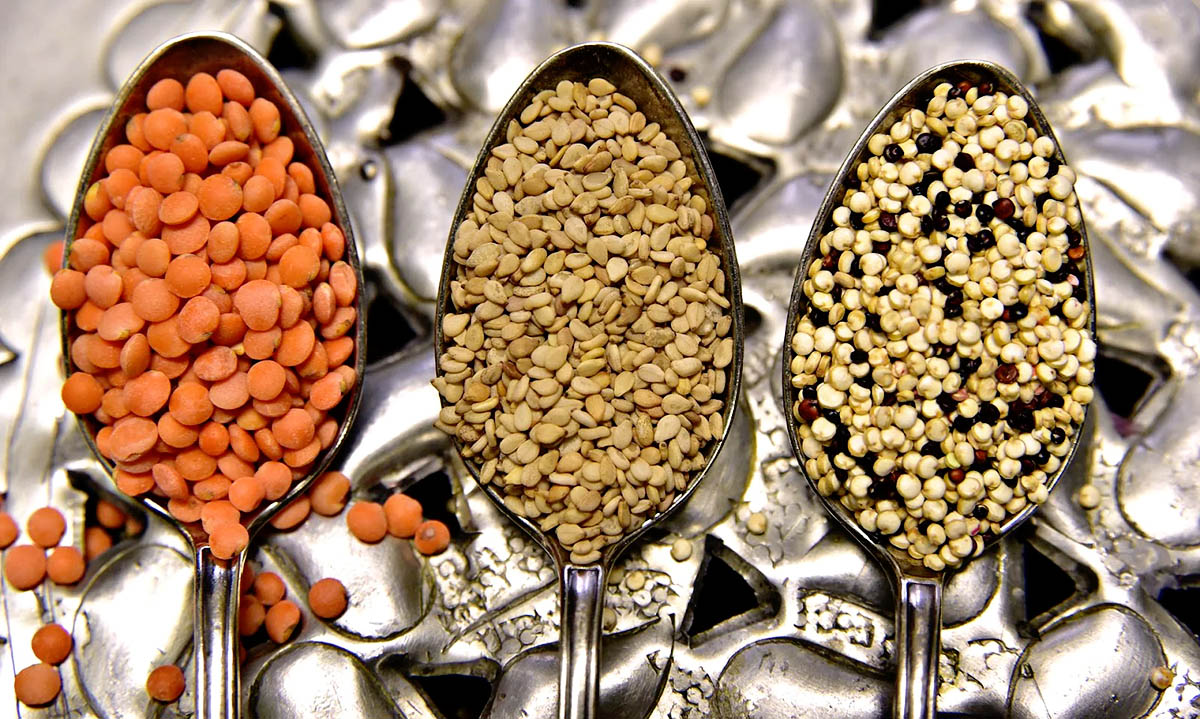
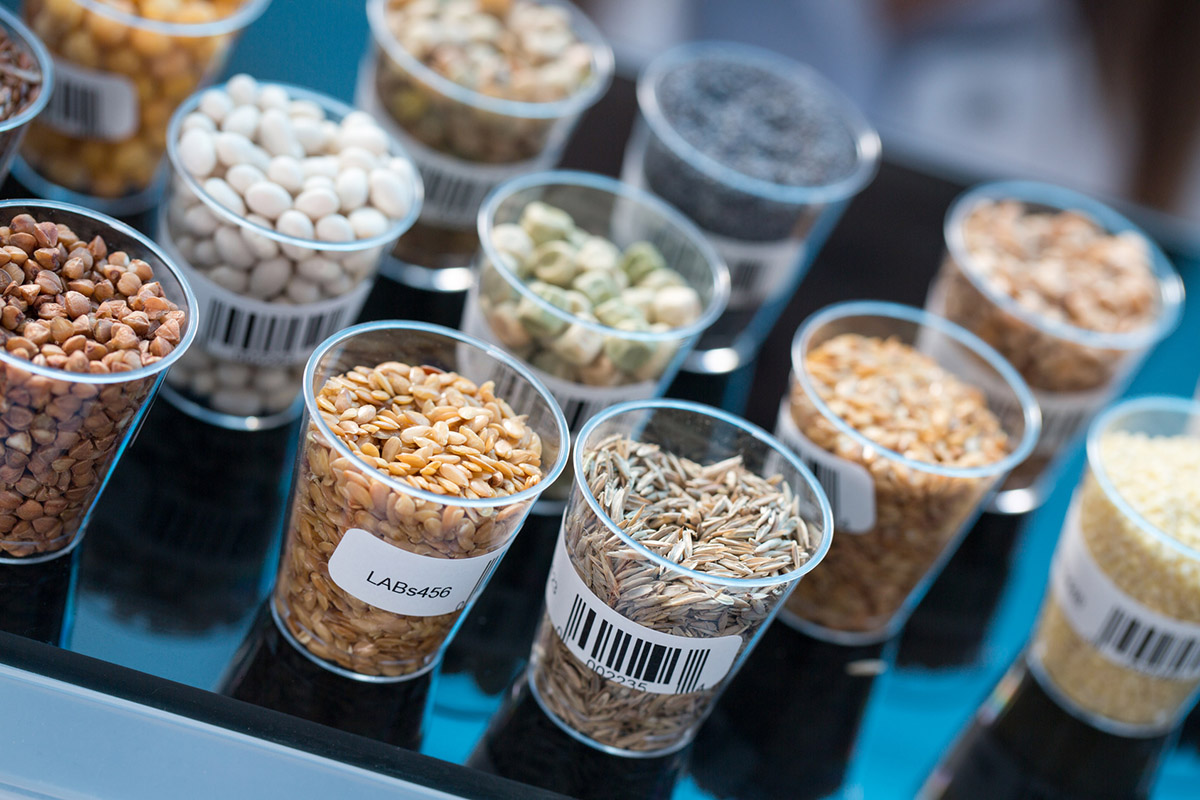
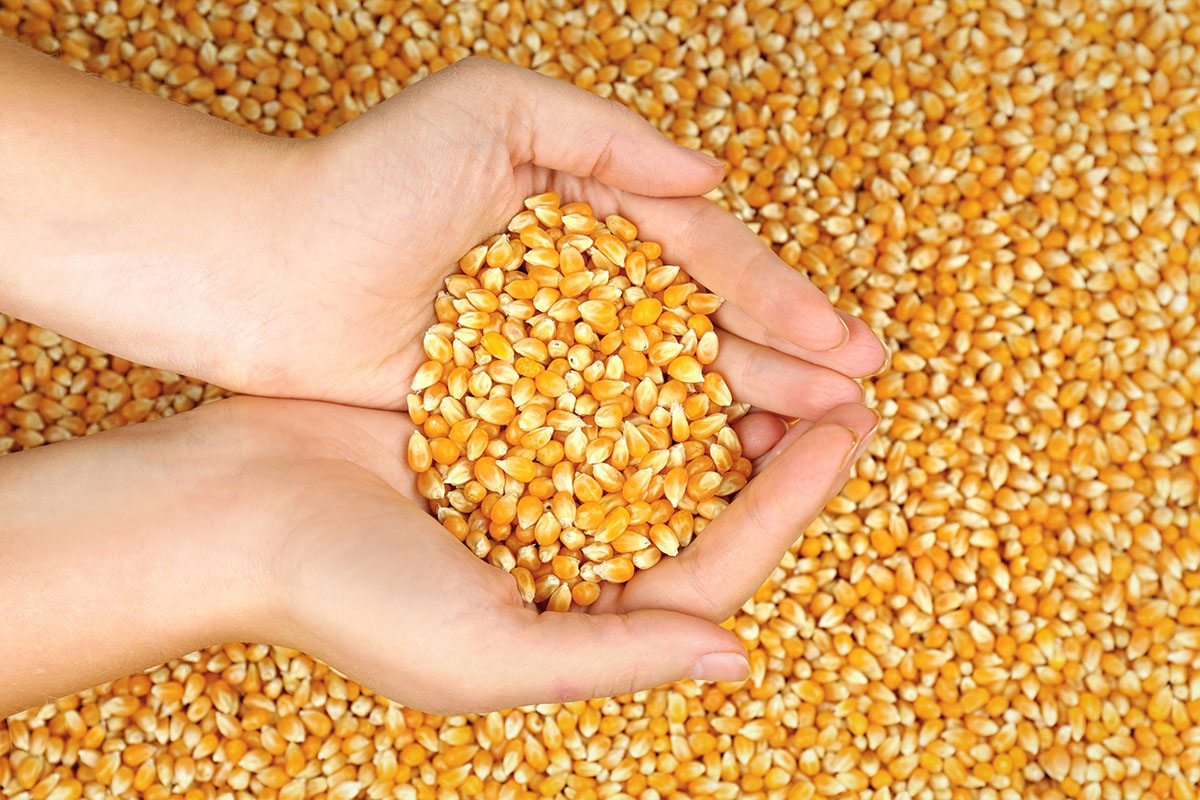
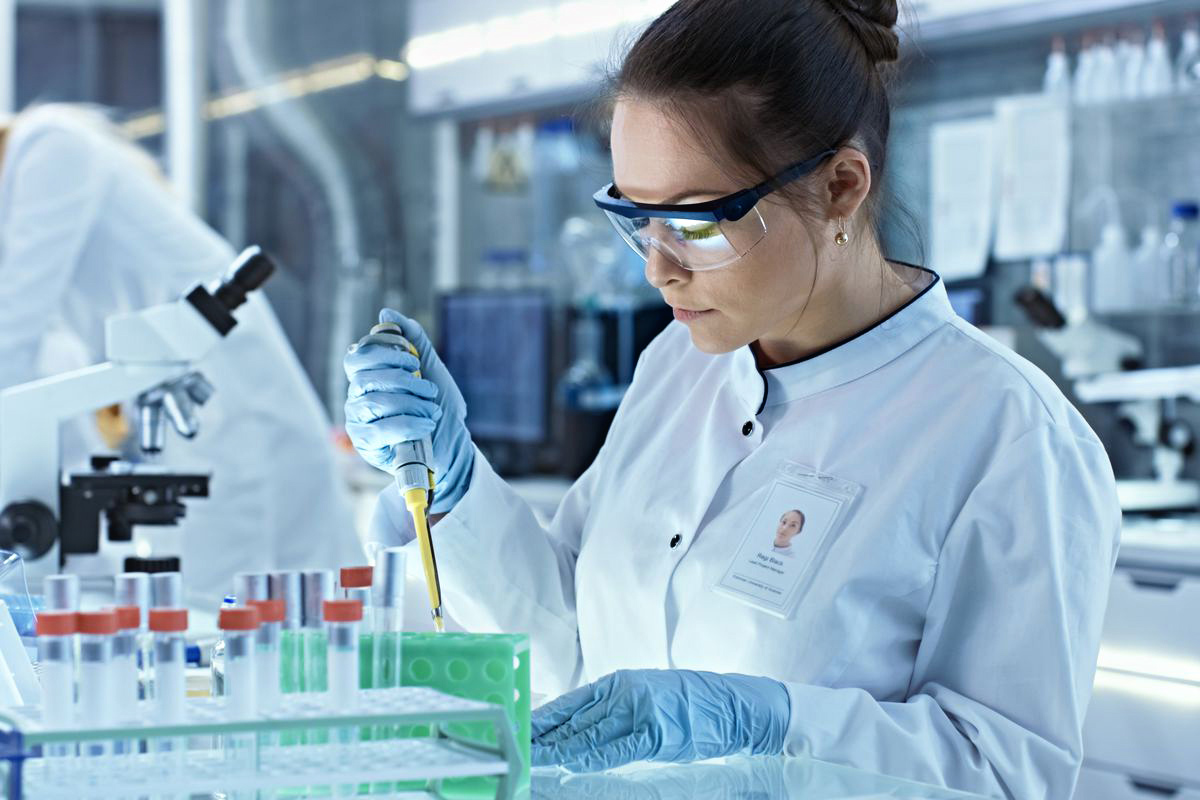
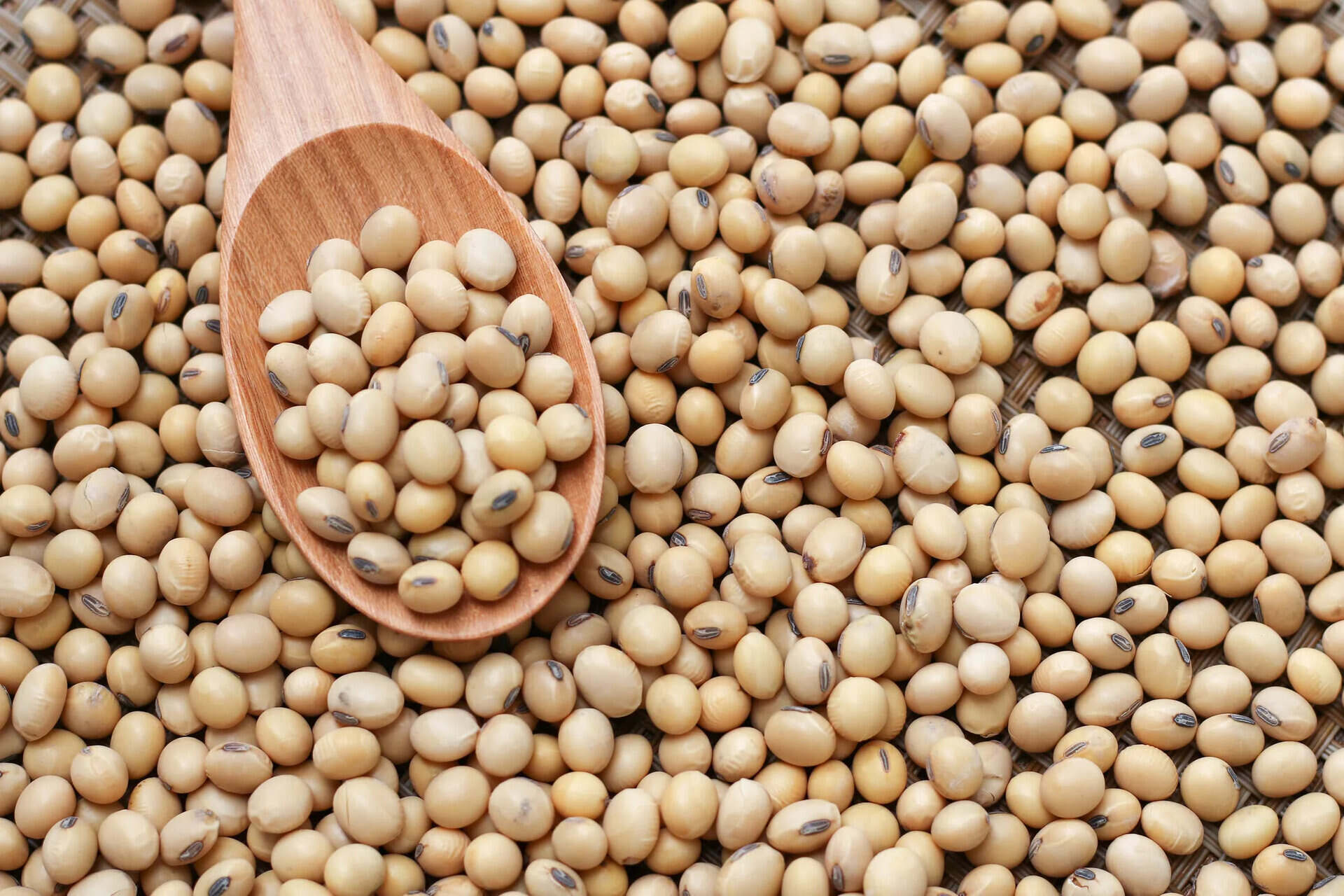

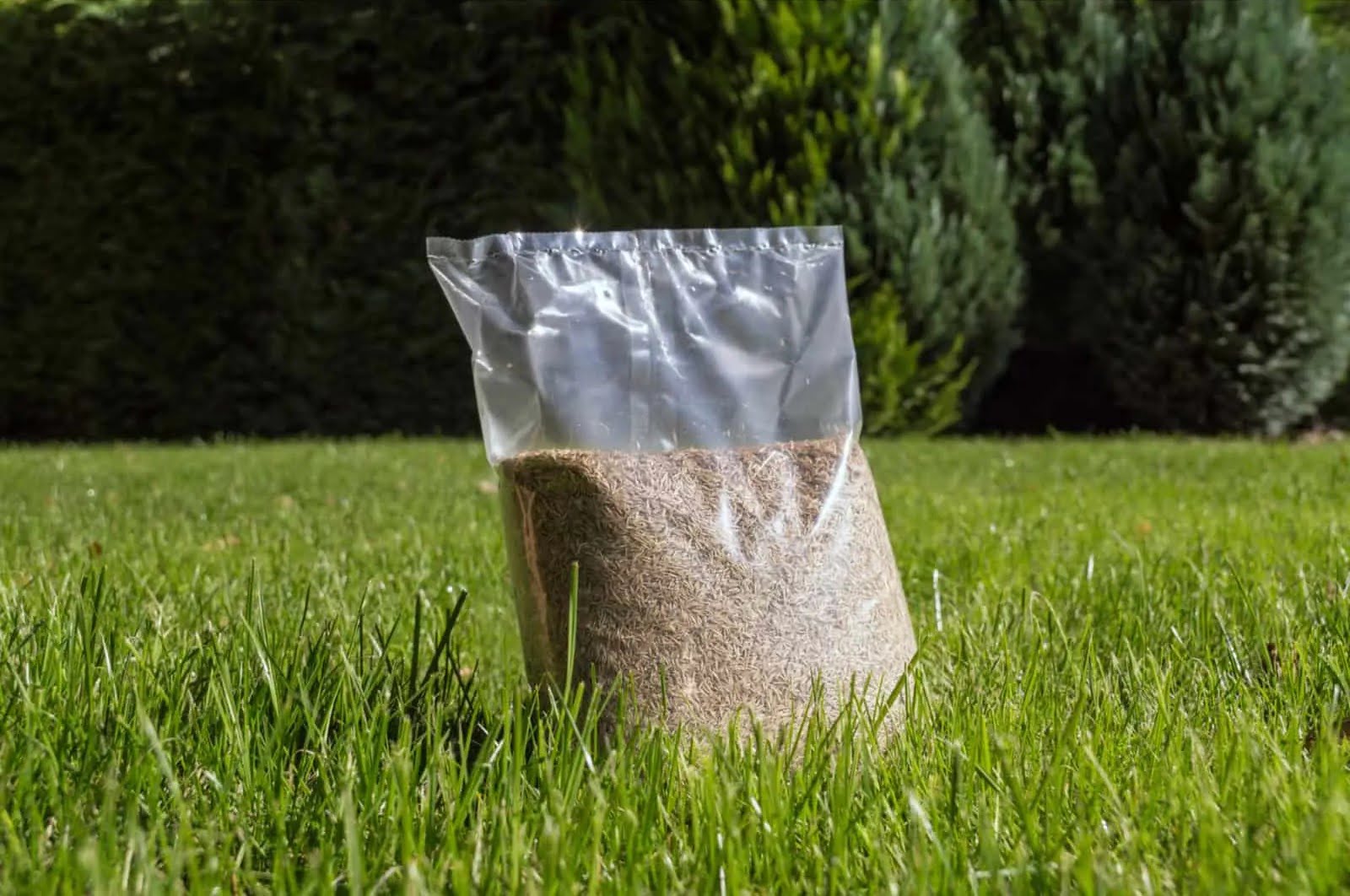

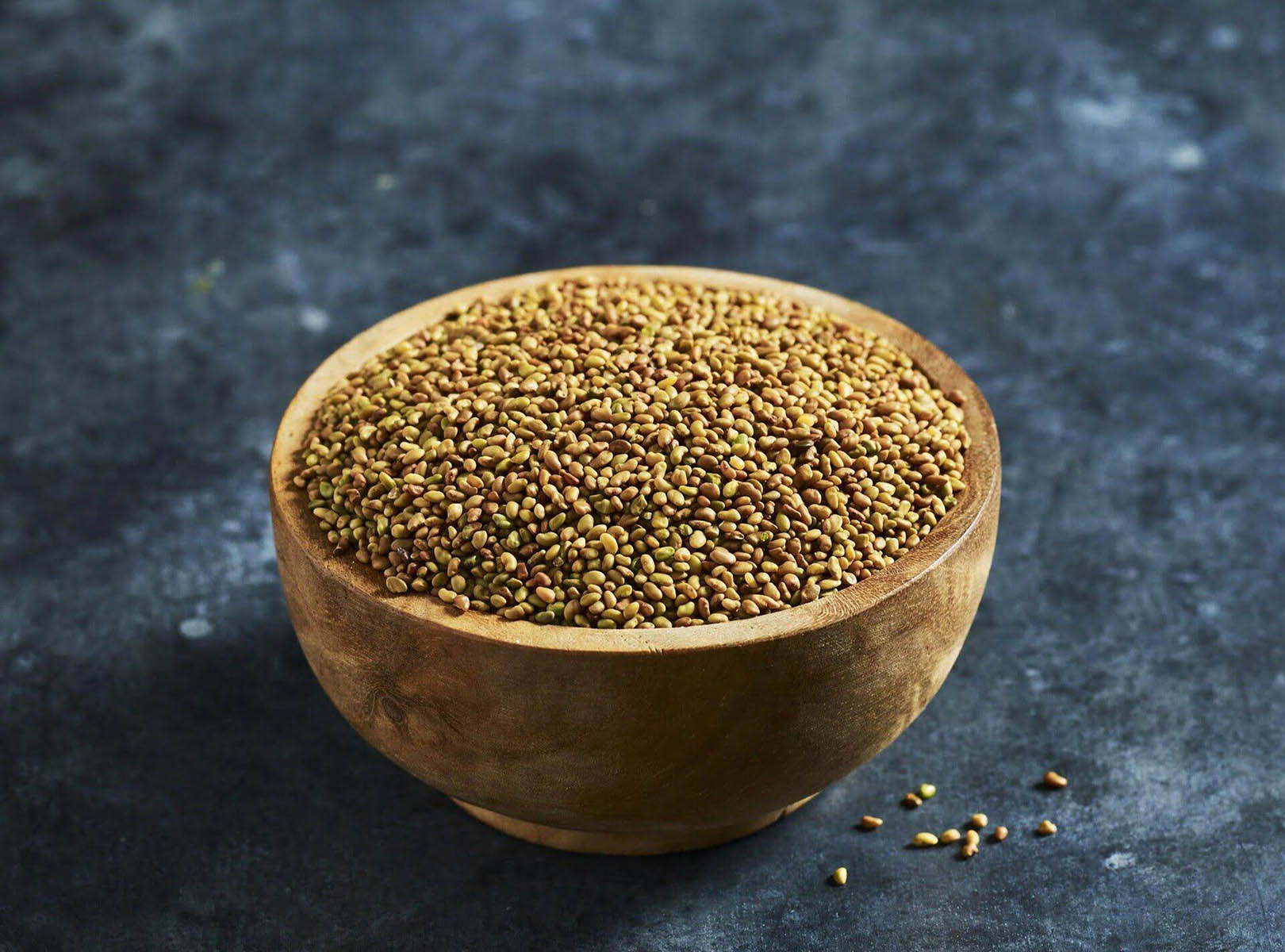
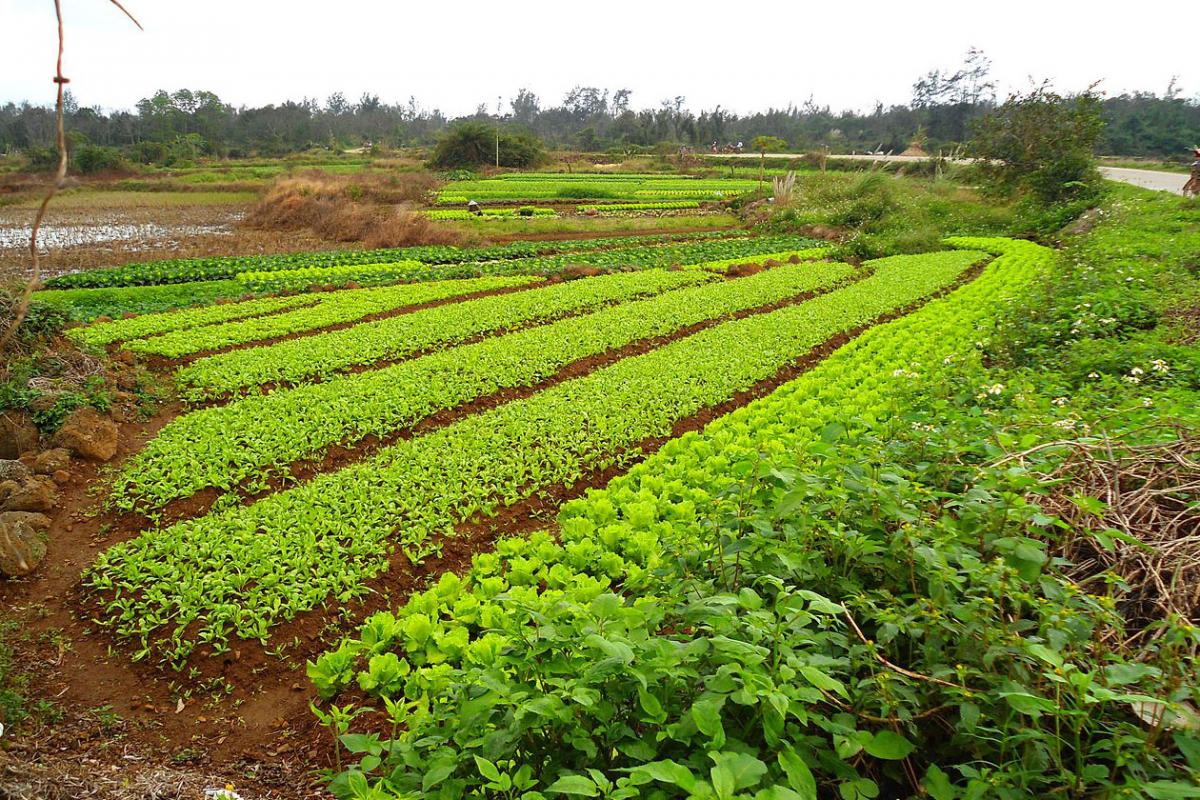
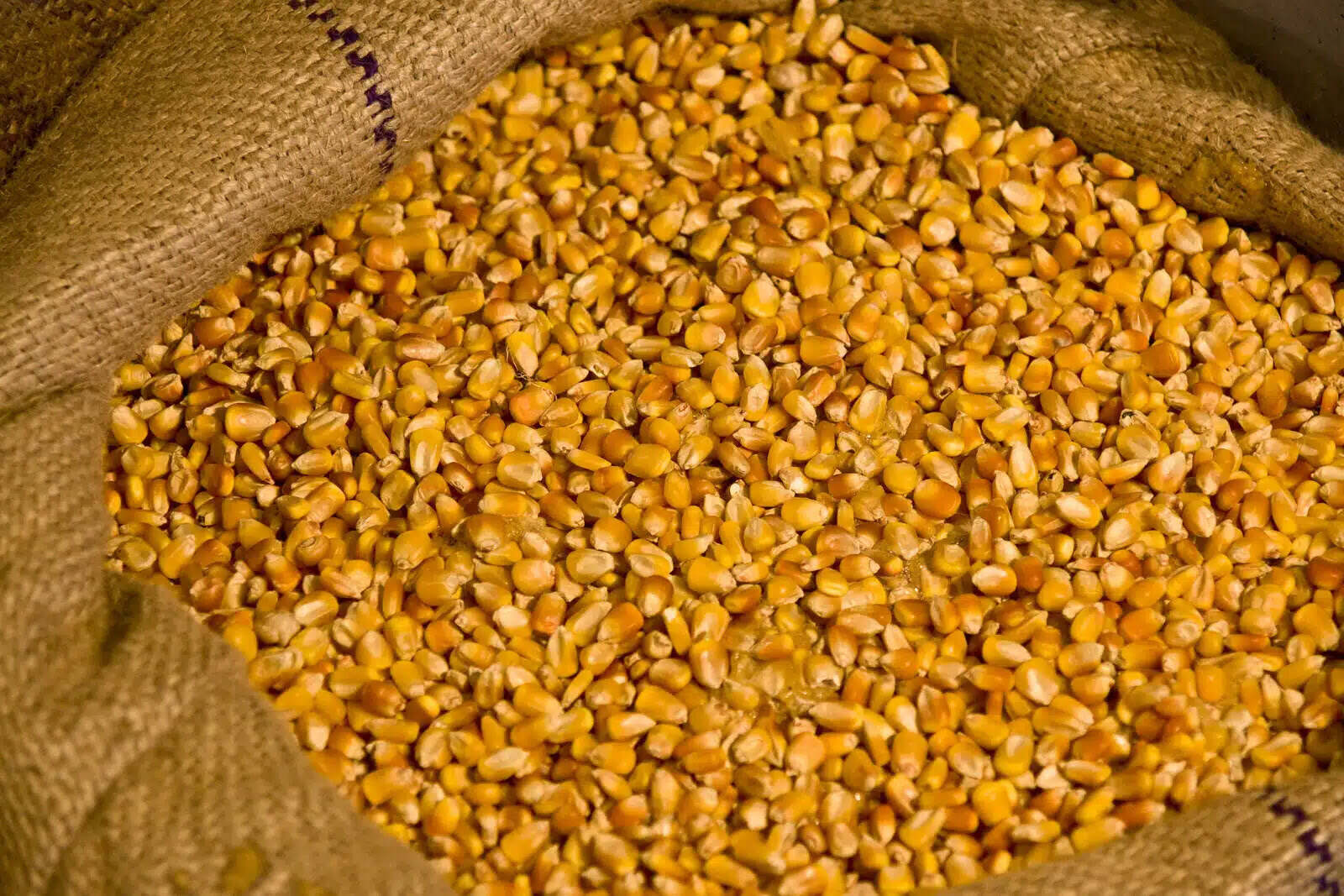




0 thoughts on “How Much Do GMO Seeds Cost”